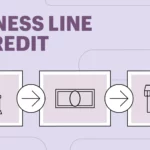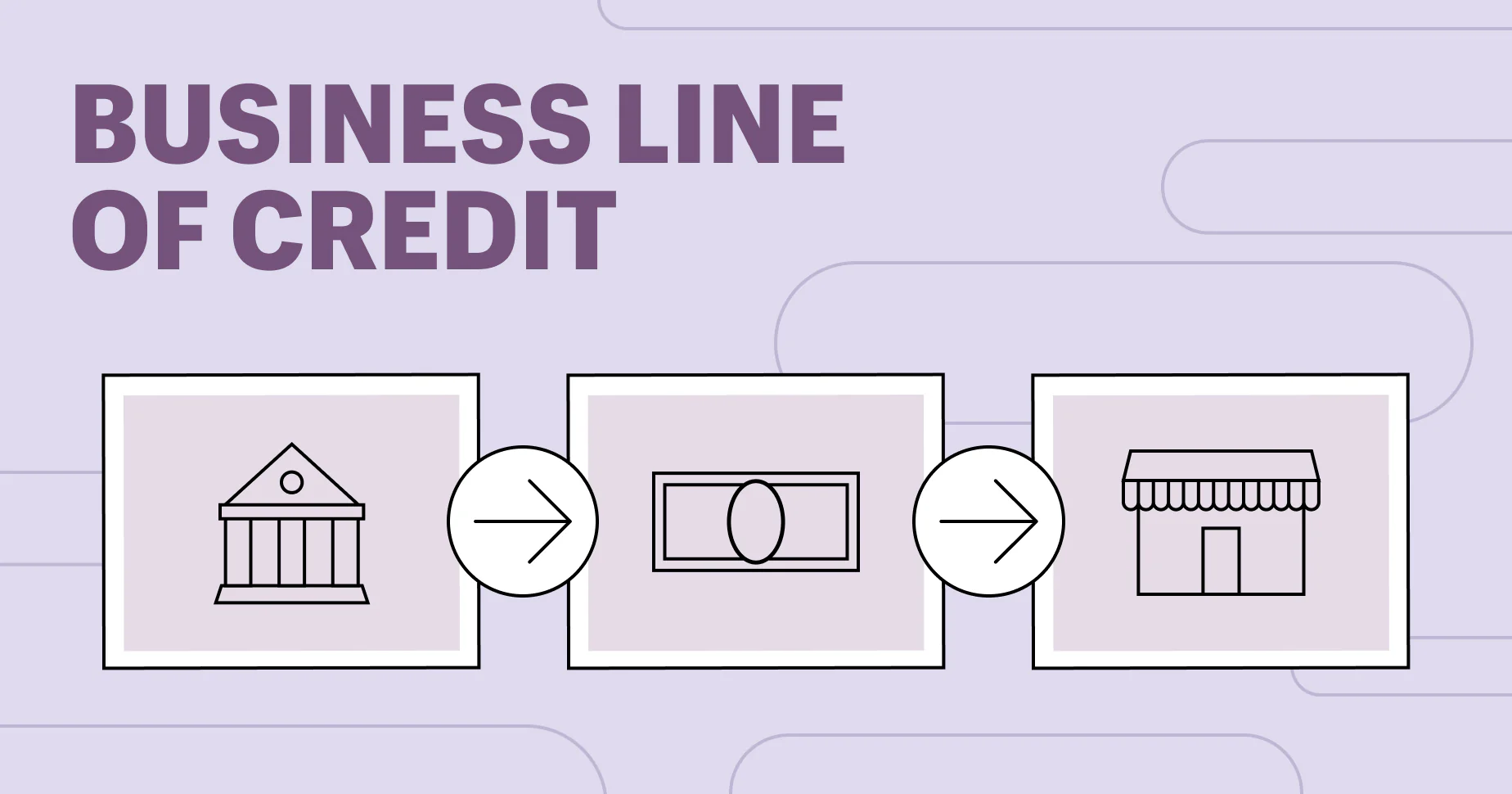Every business owner must understand the role of a business line of credit in business growth, expansion, and other needs. This Wall Street mentality has helped many businesses move from small to large, regional to global. Regardless of your business type, access to more credit can be a game changer for your operations.
When wrongly used, it could easily cause your business to go under. So, your greatest task is to focus on strategies to improve your debt access while ensuring you manage your credit carefully to avoid negative effects. As a business owner, this is the first skill you must master, or rely on the experts to help accordingly.
If you are a business owner, here are some tips to optimize your line of credit.

1. Run Your Cash Flows Like a Pro
Most creditors consider cash flow when judging the credit limit. So, manage cash flow like a pro and make the business all about cash flow management. Account for all transactions, clearly record them, and include them in your statements.
To get the best business line of credit, account for the assets, liabilities, profits, credits, expenses, and all other essentials needed to judge your line of credit. This is why big organizations have an advantage over others. You can easily secure more credit when you have the best cash flow.
Don’t put too much pressure on cash flow management to the extent that you forget what matters. Remember that the line of credit exists to help you cover major cash flow gaps, not to fix your business’s financial position.
For instance, you can use it for short-term fixes when building the company and have proof of long-term goals and financial strategies. Whether you get a higher or lower line of credit depends on your cash flow prowess, so be good at it.

2. Intelligent and Informed Investment Strategies
Most business owners think of a line of credit as a tool to manage the business’s daily operations and needs. Following Wall Street and its business principles, you realize that debt or credit is the greatest tool for business growth, development, and investments. Learn to borrow or use borrowing leverage to make more and grow your business assets.
Before you go all in, ensure your decisions are wise and well-informed. If you are a beginner, get credit and use it to invest wisely in stocks, tech, projects, startups, and other ventures. Next, capture this wise investment in your business plan or financial statements.
Have the numbers to back up your genius investment. Use the number plus these reports to seek form higher and more credit. If you do it wisely enough, you will qualify for more, even if you still have some credit liabilities to fulfill.

3. Use Credit for Business Growth
Most credit agencies focus on the future and prospects rather than the current. A creditor pays attention to how big your business will be. They do this by evaluating your current performance vs. the investment strategies that will build your business in the future.
Most creditors do this to ensure they are partners in your future growth and success and want to benefit from it. So, if you want to increase your credit, back it up with a growth plan and ensure you present that to the credit partners. Make your words count and grow sustainably.
As you grow, your business line of credit grows, too, so you can get more in the future. Instead of investing in new business activities, you can remain within the industry but diversify. For instance, credit can be used for e-commerce, improved manufacturing, distribution, and new market entry strategies.
4. Diversify Your Repayment Strategy
Experts agree that debt is a critical part of business. All you need to do is keep the assets higher than the liabilities. This calls for a proper debt repayment plan to ensure liabilities remain lower than assets. So, how do you do that?
To maintain a good credit rating, you must pay consistently without forfeiting. Sometimes, paying more than the agreed repayment terms can lead to a loss of trust. However, you can always pay more at once. The trick lies in restructuring and debt management tricks.
Instead of scrambling to pay monthly and on time, create a liability account for all debt-related expenses. Deposit large sums as part of your repayment and ask the creditor only to deduct the agreed monthly amount, which is principal and interest.
This shows you have better cash flow, and the creditors can add more debt by relying on the liability accounts.

5. Learn When to Borrow
As a wise business owner, you do not always have to borrow. This will affect your credibility since creditors can easily judge your liquidity issues based on how you borrow.
Borrow when necessary, especially when you have the best plan or need to deal with economic uncertainties. This adds some legitimacy to your financial practices, and you will likely have more debt available.
Avoid using debt for salaries and wages, especially when you can reduce staff numbers. Borrow for growth during emergencies and industry—or economic-related uncertainties.
Concluding
The amount of money available for your business line of credit largely depends on your business intelligence and strategies. You need to manage the debt carefully to ensure you are not over-borrowing or spending the money on non-growth-related needs. Use these strategies and many others to get more capital for your business needs.
Author Profile
Latest entries
 BusinessApril 17, 2024Building Your Brand: 5 Strategic Paths To Stand Out In Market
BusinessApril 17, 2024Building Your Brand: 5 Strategic Paths To Stand Out In Market DecorApril 12, 20245 Creative Uses Of Custom Roller Blinds In Your Home
DecorApril 12, 20245 Creative Uses Of Custom Roller Blinds In Your Home BusinessApril 11, 2024Green Branding: 5 Ways Eco-Friendly Business Cards Elevate Your Sustainable Image
BusinessApril 11, 2024Green Branding: 5 Ways Eco-Friendly Business Cards Elevate Your Sustainable Image FinanceApril 10, 20245 Methods To Optimize Your Business Line Of Credit for Success
FinanceApril 10, 20245 Methods To Optimize Your Business Line Of Credit for Success

